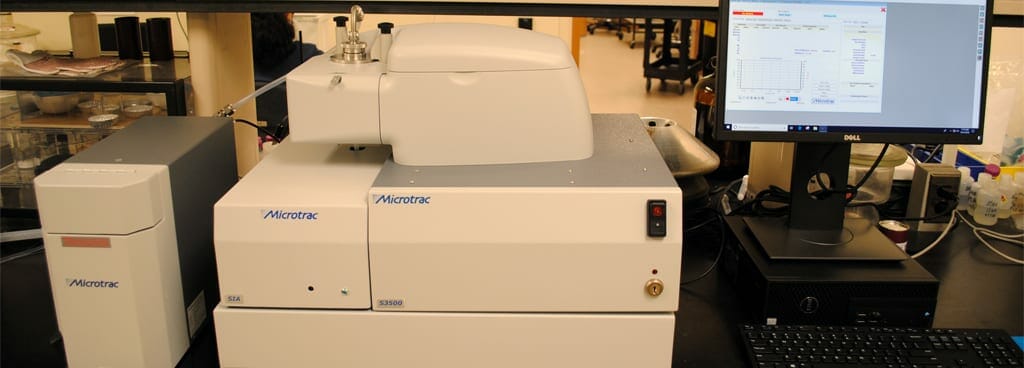Empowering Engineers and Scientists – Particle Size Analysis Lab’s Key Role in R&D
Particle size analysis plays a crucial role in Research and Development (R&D) across a wide range of industries, empowering engineers and scientists in their pursuit of innovation and efficiency. This analytical technique is employed to determine the size distribution of particles in a given sample, enabling researchers to gain valuable insights into the physical and chemical properties of materials. With particles being integral components of numerous products, such as pharmaceuticals, cosmetics, paints and catalysts, understanding their size and distribution is vital for product optimization and quality assurance. One of the key areas where particle size analysis laboratories shine is in pharmaceutical research. In drug formulation, the size of active pharmaceutical ingredients (APIs) can significantly impact drug performance, bioavailability and stability. By conducting particle size analysis, scientists can identify the optimal particle size for enhancing drug delivery, ensuring efficient absorption and minimizing potential side effects. Moreover, this analysis aids in identifying aggregates or oversized particles that might cause batch inconsistencies or pose risks to patient safety. Armed with this knowledge, engineers and scientists can fine-tune formulations and accelerate the development of new and improved pharmaceutical products.

In the field of nanotechnology, particle size analysis is equally indispensable. Nanomaterials exhibit unique properties compared to their bulk counterparts, click now making them highly desirable for a myriad of applications. However, these properties are directly influenced by particle size, making accurate size analysis crucial for developing nanomaterials with desired characteristics. Engineers can harness the insights gained from particle size analysis to tailor nanoparticles for specific purposes, such as targeted drug delivery systems, advanced electronics and environmental remediation technologies. Moreover, in the manufacturing sector, particle size analysis plays an instrumental role in optimizing production processes. For instance, in the production of cement and concrete, the particle size distribution of cement particles affects the material’s strength and workability. By conducting regular particle size analysis, engineers can monitor the manufacturing process, identify potential issues and make necessary adjustments to ensure the consistency and quality of the final product.
In the realm of cosmetics, particle size analysis is vital for the development of products like creams, lotions and powders. The particle size of cosmetic ingredients directly influences their texture, absorption and application on the skin. By analyzing particle size, researchers can create cosmetic formulations that provide enhanced user experiences, better coverage and improved efficacy. Particle size analysis labs empower engineers and scientists by providing them with accurate and precise data, allowing for informed decision-making throughout the R&D process. With the advent of advanced technologies, such as laser diffraction, dynamic light scattering and electron microscopy, these labs can analyze particles spanning a vast size range, from nanometers to millimeters, with unparalleled accuracy. By understanding and controlling particle size distribution, researchers can continue to push the boundaries of innovation, leading to advancements that improve our everyday lives and drive economic growth.
